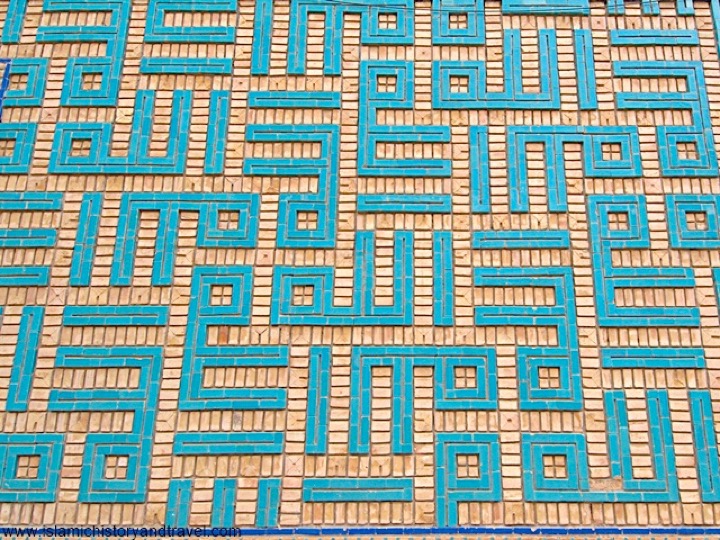
A Global History of Islamic Architecture
Lectures (5)
Loading Accordion Items...The Overview
Islamic art and architecture, like any other form of art that attempts to characterize the material production of a particular faith or variety of cultures over the longue durée, simply cannot be understood as an autonomous artistic development. Indeed, scholars of Islamic art and architecture, over the past decade or so in particular, have demonstrated that the field is characterized by a dialogic process of development rather than an autonomous or mimetic one that depends on its Western counterpart. Thus, the inherent challenge to those who teach the subject is to simultaneously convey the idea that Islamic architecture is an integral part of the broader, indeed global, history of architecture, while maintaining the idea that the field remains distinct enough to be characterized as its own discipline. Therefore, this module presents a history of Islamic architecture through the lens of five [construction] materials and techniques. Each lecture takes as its subject a building technique or material and traces its global range and influences in the development of the subject.
By making specific materials or techniques on related topics within the overall theme of a traditional sub-category of “Islamic Architecture” available, this project strives to make substantial progress in the teaching of the subject as it relates to global studies. In other words, this module seeks to engage aspects of this sub-discipline dialogically with the ‘global’ in a mutualistic reciprocal relationship of interaction and exchange. Indeed, the study of Islamic art is an excellent way to access the “global” history of architecture, which will be demonstrated by the series of lectures that seek to place its development within the broader trends and themes so characteristic of the ‘global’.
By making specific material including lectures on a variety of related topics available, this project strives to make substantial progress in the teaching of the subject as it relates to global studies. What follows then is not the way, or only way to approach the teaching of Islamic art and architecture, but rather a way that I believe will significantly enhance how and what students learn. We encourage students to think about the “Why” in terms of HOW.


